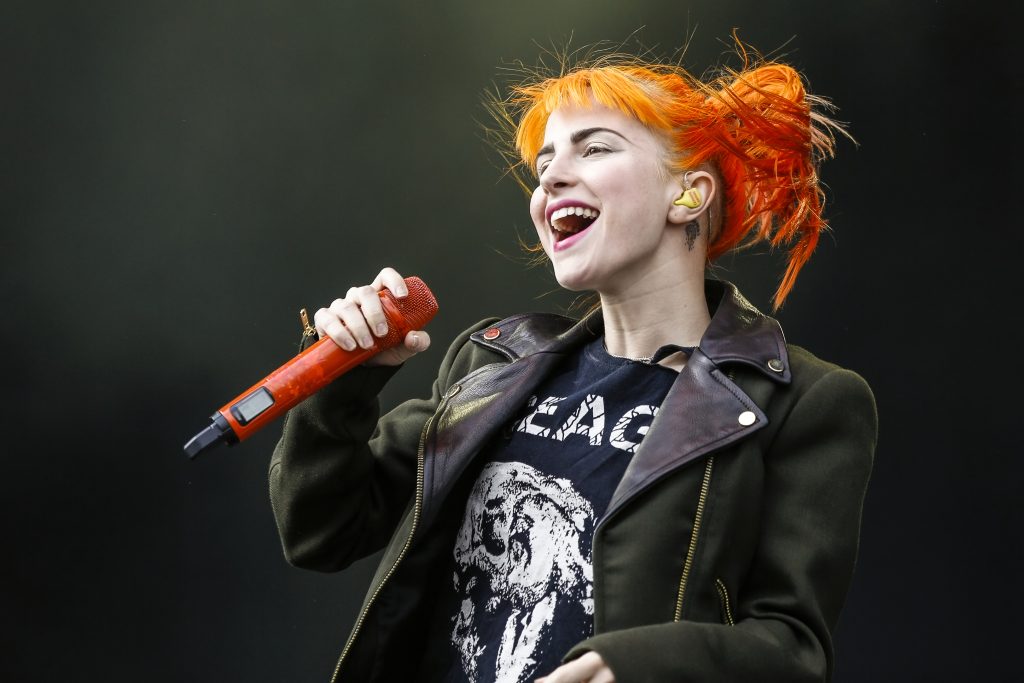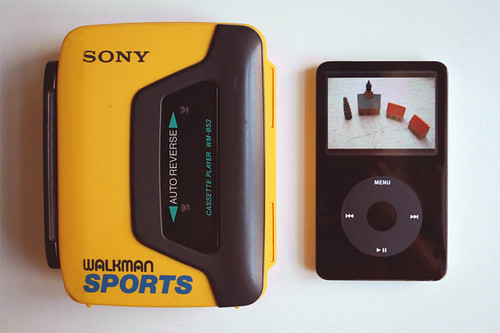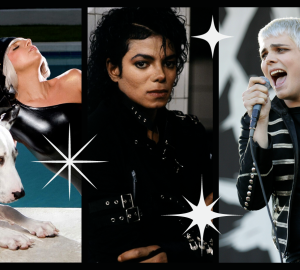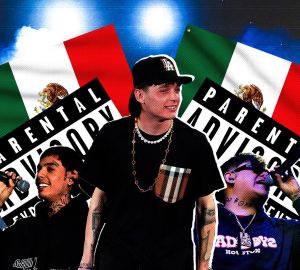Hayley Williams, best known as lead vocalist in the punk rock band, Paramore, recently released a podcast with BBC called “Everything is Emo.” The objective was to chronicle the history of the genre, argue that everything is emo and claim that the genre is dead. Now this is coming from someone who owes their career to the cultivation and protection of this particular genre, you can’t help but consider her claims. Are music genres as clear as they once were? And is it time to get rid of musical genres entirely?

The origins
Understanding music genres was like getting on a time machine back when music wasn’t nearly as accessible. This was a time where the primary way to consume music was by listening to the radio or a owning record. Within those confines, we can easily see the utility of genre. Everything inside a record store was organized by genre, like jazz, blues and country. There was little room for intermingling between genres. This worked for the store because customers could easily find the music they were looking for, and find others like it. The lines in defining music genres were clear.

Fun new technology
As technology advanced, music became more accessible. CDs, more radio shows, Walkman’s and tapes hit the scene. However, they were still physical copies that people had to go and purchase at a set location. These places still organized their options by genre. But everything changed in the late 2000s, when purchasing music went virtual. And people quickly made the switch. After all, it’s much easier to download a song to an iPod Nano than carry around a CD player everywhere you go.
Then, music streaming emerged and everything changed yet again. Platforms like Spotify, Sound Cloud and Apple Music not only made finding music easy, but also connected users with other types of music. In essence, this was like putting the punks and the smooth jazz guys in the same concert venue. There was no longer a curtain between the groups, everyone had access to everything. So it’s natural for more interconnectivity to occur, for both the listeners and the artists releasing music.
Today’s music genres
Today’s young and emerging artists were raised in a time of virtual and streaming music. And while physical copies of music, like record players and vinyls have reemerged, they are more of a novelty than a primary way to consume music. But musicians, artists and bands have started crossing genres, merging sounds that normally wouldn’t go together to create entirely new kinds of music. They could be defined as a long list of subgenres, like experimental indie rock funk jazz, but that’s a mouthful. In a world like this, genres are slowly becoming more obsolete.
That being said, Hayley Williams has a point. Music genres were a necessity in how people listened to music. And there are valid historical reasons for understanding the differences in genre. There are unique qualities to each genre, emo included. But with how much experimentation and musical interconnectivity there are these days, we might find less and less value with identifying music as a specific genre.






















